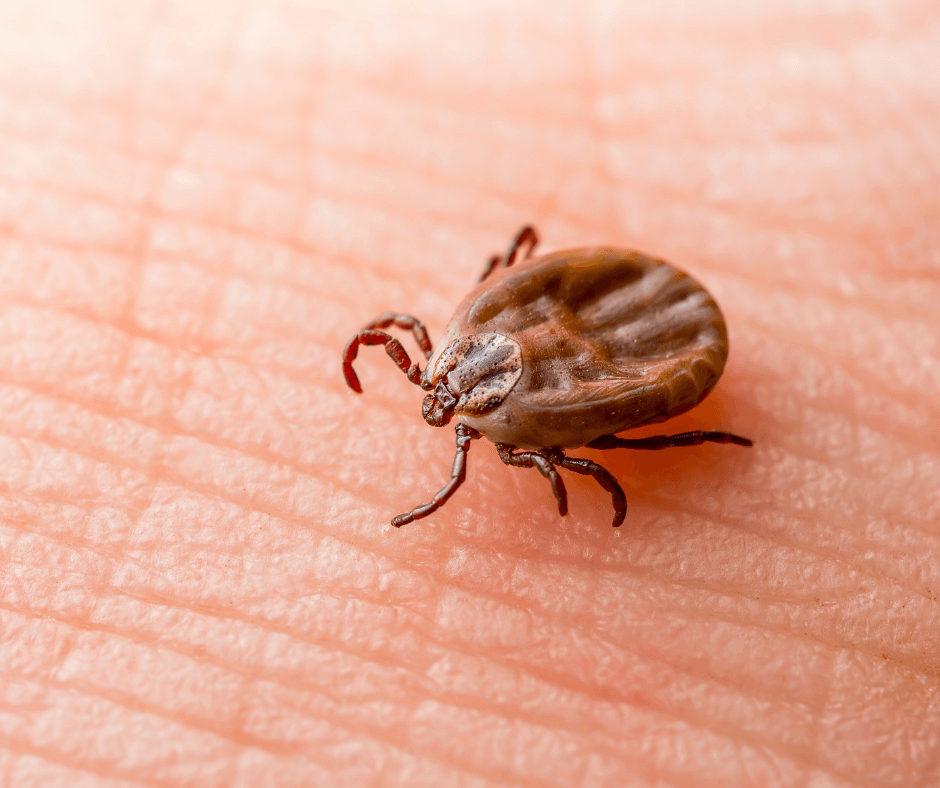Ticks
Ixodes ricinus
Tick Stats
Color: Brown, reddish-brown, or black
Size: Adults are typically 1/8 to 1/4 inch in length
Shape: Flat, oval body that expands when engorged with blood
What is a Tick?
Ticks are small, parasitic arachnids known for feeding on the blood of animals and humans. They are related to spiders and mites. Ticks can transmit diseases, making them a concern for health.

Where do Ticks live?
Ticks live in grassy, wooded areas, and on animals like dogs, deer, and birds. They can also be found in gardens and backyards. Ticks wait on tall grass and shrubs to latch onto passing hosts.
What do Ticks eat?
Ticks feed on the blood of their host animals. They bite and attach themselves, feeding slowly for several days. Ticks need a blood meal to grow and reproduce.
How do Ticks behave?
Ticks are known for their ability to attach to hosts and feed on blood. They do not jump or fly but wait for a host to brush past. Once attached, they can stay on the host for days, engorging themselves with blood.
How do Ticks reproduce?
Female ticks lay hundreds to thousands of eggs in the environment. The eggs hatch into larvae, which find a host to feed on and then develop into nymphs and eventually adults. Ticks go through several stages in their life cycle.
How can you control Ticks?
To control ticks, keep your yard clean by mowing the lawn and removing leaf litter. Use tick preventatives on pets and check them regularly for ticks. Wear protective clothing and use tick repellents when in tick-prone areas. Professional pest control can help manage tick infestations.
How do Ticks impact humans?
Ticks can transmit diseases such as Lyme disease, Rocky Mountain spotted fever, and more. Tick bites can cause itching, redness, and in some cases, serious illness. Preventing tick bites by using repellents and checking for ticks after outdoor activities is important for health.
Explore More Other Common Pests
Our Pest Control Service Areas
Let us help you eliminate these pests!
We treat your home or office as if it were our own!



